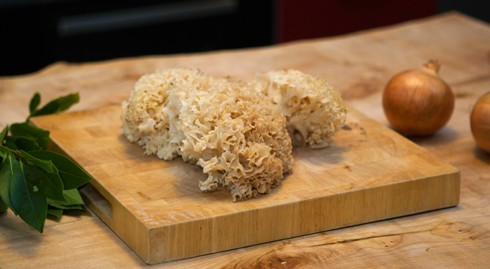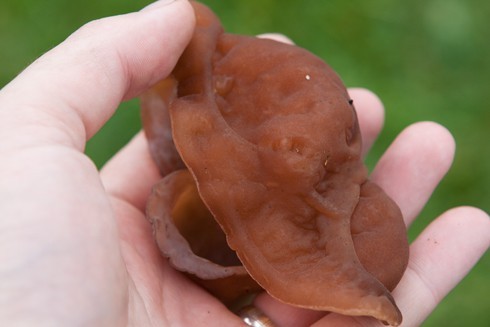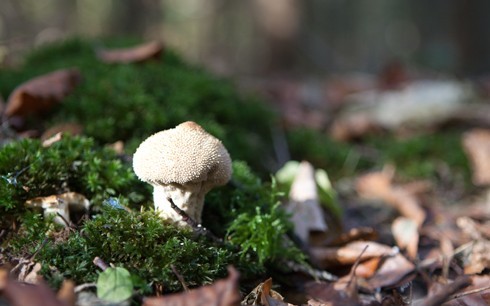Mushroom Hunters Psalm
Autumn equinox, day and night perfectly balanced, the tipping point between light and dark half, drawing a line in the sand to mark the change. I’d like to be saying goodbye to a bonnie summer, body brown, mind-full of long hot days building castles out of sand. Instead I can feel the descending gloom over the summer we never had – again. Which is a shame as I really love autumn and want to welcome and mark its arrival.
From now onwards the sun will rise to the south of east and its zenith in the sky will dip ever lower till the solstice in December.
There should be a ritual to celebrate the Autumn Equinox with a few friends or family where we do simple things like we do at new year, singing Auld Lang Syne and making resolutions. A ritual aimed at making the transition a positive thing. We should dress in autumn colours and eat apple pie, drink wine and share surplus harvest to make preserves for the winter ahead, thanking God for the bountiful provision. The aim of the celebration/ritual would be to say goodbye to the summer, whether good or bad and focus on the next season – and to show compassion by sharing a gift with a food aid charity. If friends are around for long enough you could make a day of it.
Go into some woodland and breathe deep. After heavy rain the forest can smell of mushrooms as the mycelium beneath the ground come powerfully alive preparing to fruit. I first got into foraging at this deep end of mushroom hunting. A lot harder than foraging for leaves and berries – with over 3,000 fungi in the UK it was very difficult, time consuming and frustrating to identify what we were finding so we adopted another strategy.
Of the fair few out there that are edible, only some of them are ‘choice’, or worth eating. Amongst those are some that are tricky to identify with very toxic looky-likies. I once narrowed a hard to identify mushroom down to either a new edible I’d not tried before or a Panther cap – which is one of the most toxic mushrooms out there. As I wasn’t sure which it was I left it behind.
So, the best way to get going as a mushroom hunter is to learn to identify a handful, perhaps 8 or 10 mushrooms, that are ‘choice’ and easy to identify. If what is in front of you isn’t one of those, keep walking.
You can still go wrong with some of these so you need to be 100% sure of your identification. Always identify wild mushrooms yourself. We take with us two or three mushroom identification books, including Collins How to Identify Edible Mushrooms and you might make use of the iPhone app based on Roger Phillips’ online database.
At this time of year, and within walking distance of our home in mid Wales we have found the following, all of which are easy to identify. Some we cook and eat fresh, some we dry and use as flavouring during the rest of the year.
Cauliflower or Brain Fungus (Sparassis crispa)

By far the most delicious fungi I’ve tasted. Sliced and fried in butter, it ends up like a creamy, mushroomy tagliatelle. Most of it we dry to flavour all sorts of cooking for the rest of the year, risotto for example. It grows at the base of pine stumps.
Cep or Penny Bun or Porcini (Boletus edulis)

Ceps come in as a close second on flavour, many regard Ceps as their favourite. You can also buy them easily from delicatessens. You have to find this early as it is a host for a fly maggot that’ll spoil any larger, older examples. We find this along the sunny edges of conifer plantations but is more common along deciduous forest edges.
Jelly Ear or Jew’s Ear (Auricularia auricula-judae)

One that is easy to find on Elder trees somewhere near you. Not the most attractive of fungi but a good taste once chopped or powdered. Rather rubbery otherwise. One to use as a flavouring.
Oyster Mushroom (Pleurotus ostreatus)

These delightful mushrooms easily go in to my top five. We have some logs which we’ve inoculated with Oyster mushoom dowel, but whilst those are getting ready to fruit you can find Oyster mushrooms on dead beach wood. Oyster mushrooms are great cooked soon after picking.
Common Puffball (Lycoperdon perlatum)

These are easy to find in many sorts of woodland. We find them in a hedgerow near our home. They’re not strong flavoured but have a good texture. One note of caution, make sure your puffball isn’t a very young Aminita species such as Death Cap. If in doubt, leave it.
Shaggy Ink Cap or Lawyers Wig (Coprinus comatus)

These are our most recent find but they’re fairly common on disturbed ground like gardens and road verges. Cook fresh.
Some good flavouring mushrooms like shiitake, ceps and cauliflower mushroom contain the fifth flavour called umami, otherwise known as deliciousness or savouriness. More than just a flavour of its own, umami enhances the other flavours present in a dish. Tomatoes and parmesan cheese also contain it (as does monosodium glutamate, key flavour of the Chinese takeaway). But that is the smell of an autumn forest for me, we see the fruit on the forest floor but there is a lot more going on under the surface.
Ceps, for example, form symbiotic relationships with the trees nearby, technically known as ectomycorrhizal associations. The business end of the fungi is all below ground, joined to the tree roots but extending far beyond them. In exchange for carbohydrates from the tree they provide water and minerals and nitrogen. Some trees wouldn’t be able to survive without their partner fungi and some mushrooms wouldn’t appear without their partner trees.
This spring we planted around 5,000 broadleaf trees, around two hectares worth and inoculated the roots with a mix of mycorrhizal spoors to kick-start the process. Research has shown that this practice can double the growth rate of the trees.
There is something about this amazing dynamic of God’s creation, at this equinox of the year that speaks about balance and relationship, also about light and dark, being sure to identify good from bad.
Mushroom Hunters Autumn Equinox Psalm
The Lord is my delight, when I expect autumn, he brings harvest.
The Lord is my provision, when I am dwarfed by my landscape he makes me live.
The wise seek and taste the Lords blessings but the ignorant taste nothing.
You fill my basket with the choicest fruits.
You fill my soul with creations mystical song.In the dark, I am blind to the ways you feed my life.
Me, myself, isolated, I don’t see the fruits beyond my reach.
My roots stand in contaminated soil.
Give me wisdom to know good from bad, to choose life over death and to speak your praise as you ever feed my soul.
Please bookmark this post at Facebook or Twitter:


Your comments:

Pleasley Forest Church
Encountering the Eternal One within the ancient boundaries of Sherwood Forest More ...

Essex Forest Church
We seek to find the presence of God in the open air and in nature, and to connect with the Divine Being who is present in creation. We seek to foster a love of creation, a love which will lead us to care for it. We look for reconciliation between nature and human beings, and within human relationships. More ...
oxforddiocese:
Great to see how @RiponCuddesdon are engaging with @ARochaUK Eco Church scheme - love the Forest Church area made b… twitter.com/i/web/status/1…
18 Aug 22
YBS_Church:
Our Forest Church takes place on Sunday, 28th August, at 4.30pm in the Gifford Community Woodland (Fawn Wood), for… twitter.com/i/web/status/1…
19 Aug 22
rebeccaBug:
Tremeirchion have their first Forest Church service tomorrow so the boys thought they had better check out that the… twitter.com/i/web/status/1…
20 Aug 22
